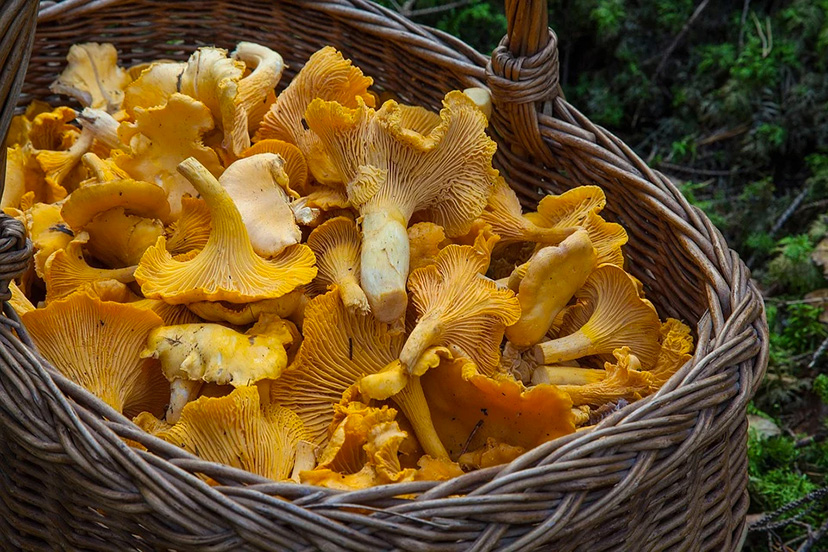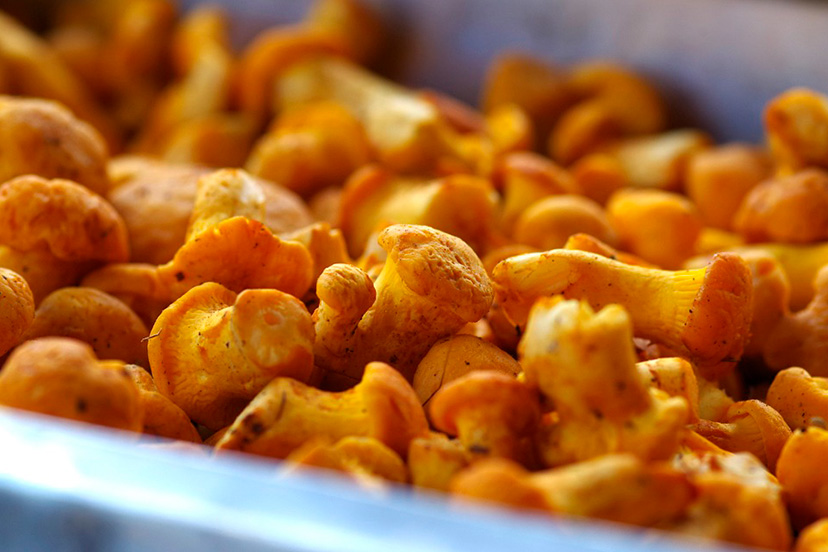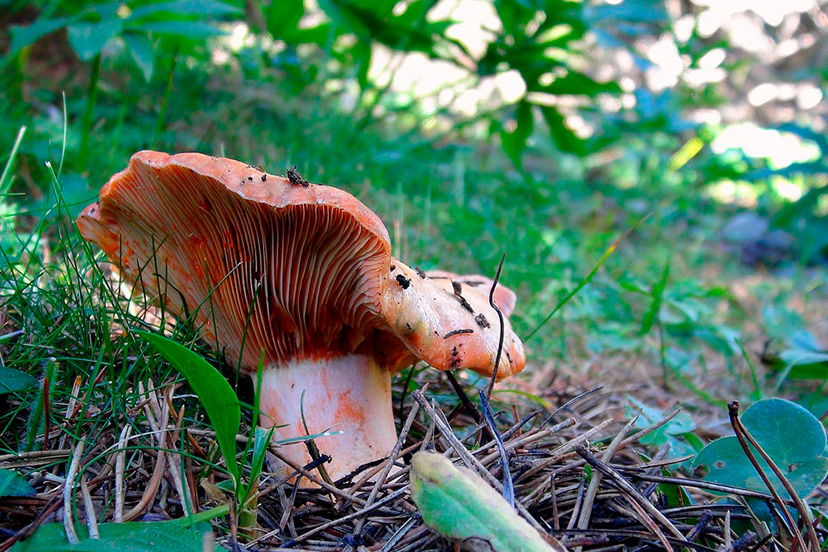When autumn comes around, fungi lovers set out to the Ibizan countryside to look for edible mushrooms. It is the perfect way to enjoy rural Ibiza with your family or friends, breathing the fresh country air with a healthy, and ultimately delicious, outdoor experience.
The mushrooms should be carefully collected: cutting them at the base and gently placing them in a wicker basket. They should never be pulled out of the ground, because this would remove the root, leaving no chance of coming back to pick them again next year. Mycology, the study of fungi and mushroom hunting becomes a lot more interesting and less dangerous when you are with an expert, and it is a really fun low-cost activity that culminates in the best way possible, that is, spending your evening eating all the mushrooms that you have picked yourself.
The world of mycology is vast, and, according to the experts, the island of Ibiza boasts around 50 different varieties of fungi, some of which are extremely poisonous and so it is vital to take precautions when you are picking them as many species are toxic.
If you are not an expert in the field, it is best to be practical and only seek out the most common varieties, which are easy to recognise, for example, one which is found all over the island, the “pebrassos” (Lactarius sanguifluus and Lactarius deliciosus, known on the Spanish mainland as niscalos – the milk cap mushroom), which proliferate around this time of year in Mediterranean woodlands. Northern Ibiza is the perfect environment for this orange mushroom, which is at home among the pine woods and which has inspired some delicious recipes, including rice dishes and cocas – a type of pizza- made with “pebrassos”. These mushrooms are also delicious grilled and served with a “picada” – a garlic and parsley garnish – or made with scrambled eggs.
“Pota de perdiu” (Chroogomphus rutilus the copper spike mushroom): This species of fungi has a smooth, bright, fleshy cap, about 3 to 8 centimetres in diameter. It is called “red gold” in Ibiza because of its reddish colour. Beneath its cap, the gills are thick, soft, and well-spaced and are a purplish brown colour. It is edible, really tasty, and prized by those in the know, who are careful not to reveal the places where these fungi can be found. It can be added to broths, stews and rice dishes among others. This mushroom is found in pine woods and anywhere else where conifers grow.
“Pixacà” or “pixacà groc” the Champagne Bolete (Suillus Bellini): This variety is characterised by reddish patches at its base. The cap, which will stain your hands if you touch it, is also easily recognisable and measures up to 15 centimetres in diameter. This mushroom has a whitish rim and can be various shades of brown, depending on its maturity.
It is very common on the islands, and features in many dishes of the local cuisine, with the cap peeled before cooking and eating. It is also found in pinewoods and where other conifers grow.
“Agulletes” (Hydnum repandum the wood hedgehog mushroom): Finally, this mushroom will be easy to find because its cap can range from 4 to 12 centimetres in diameter, and is wavy and fleshy, also dry and velvety to touch; it is a yellowish white in colour and curled at the edges.
It has a short stem, which is irregular, thick, and usually yellow, but a paler shade than the cap. You will find it nestling among junipers, and in pinewoods and where conifers grow.
Remember that mushrooms should be eaten in moderation and never raw! Would you like to learn more about this wonderful delicacy? Take a trip to Es Amunts Visitors’ Centre, in Sant Joan de Labritja, where you can learn all about the island’s flora and fauna!


